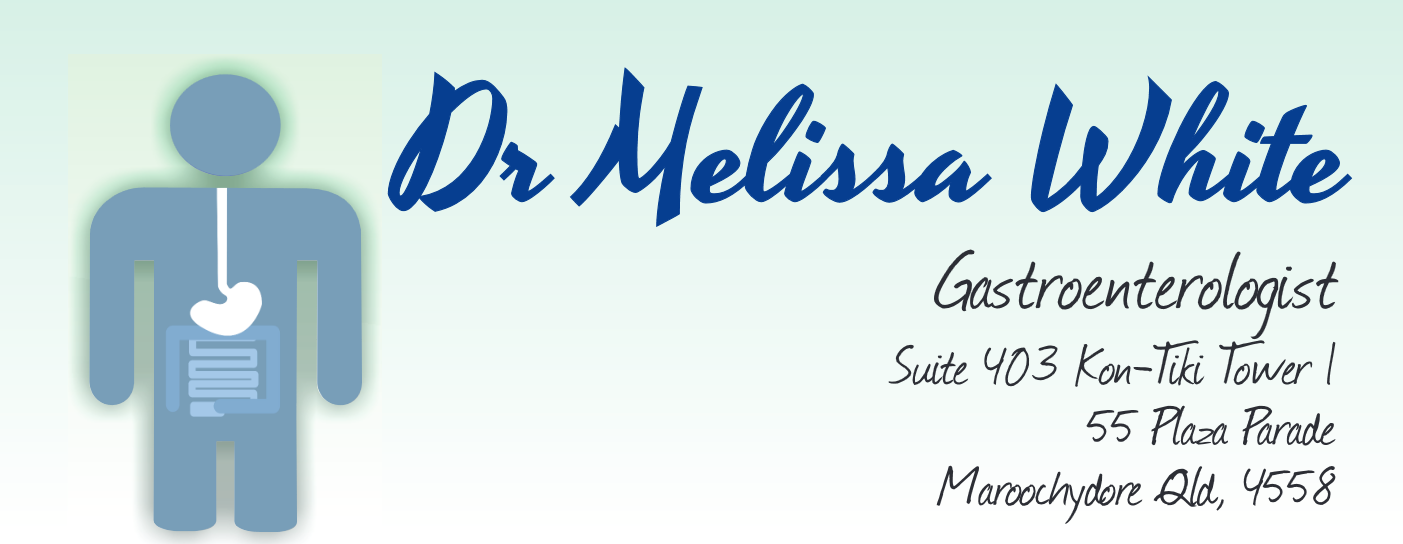Increasing Intake of Dietary Fibre
A high fibre diet involves much more than taking unprocessed wheat bran. The wide variety of different types of dietary fibre should be included in your daily diet. In this respect, it is also worth noting that dietary fibre is usually a marker of other important nutrients. By contrast, low fibre foods frequently lack other nutritional benefits. Dietary fibre occurs only in foods of vegetable origin. These include:
Breads, cereals, grains and grain products
Fruits
Vegetables
Legumes
Most foods within these groups contribute some dietary fibre, but some foods have more than others. For example, white bread contains some dietary fibre, whereas wholemeal breads have four times as much. Some highly processed breakfast cereals are almost totally devoid of fibre while oats and whole wheat products are good sources. The best food choices can be made as follows:
Bread and related products
Choose breads from wholemeal, wholegrain, high fibre and added oats, oatbran, wholemeal Lebanese or pita breads.
Purchased or home-made muffins made from wholemeal flour with added oats, oatbran or wheatbran.
Wholegrain biscuits such as Ryvita, Wholemeal Crackerbread. Bran and Malt Cruskits, Vogels Crispbread (these all have no added fats or sugars)
Wheat, Scottish Oatcakes and Shredded Wheatmeal all contain fibre, but also contain fat.
Cakes, biscuits or scones made with wholemeal flour.
Cereal Foods
Rolled Oats (traditional or one minute), wholemeal porridge.
Oatbran (can be made into porridge) or unprocessed wheat bran (2 tablespoons)
Wheatgerm
Bran cereals (All Bran, Bran Flakes, Sultana Bran)
Wholegrain breakfast cereals such as Weetbix, Ready Weets, Vita Brits, Bran Bix, Puffed Wheat, Wheat Flakes, Sheed Wheat, Natural Muesli (toasted muesli has a high content of saturated fat and in most brands; added sugar), Sustain and Fibre Plus.
Wholemeal pasta, brown rice or cracked wheat (use as rice).
Grains
Oats, wheat, cracked wheat, brown rice, millet, corn, buckwheat, rye and barley. These can be used in casseroles, soups, with vegetables in chicken and meat dishes, and also in some desserts.
Legumes
Pease, baked beans, haricots, kidney, navy, soya, black-eyed and butter beans.
Root Vegetables
Potatoes, carrots, kumara, celery, beetroot, sweet potatoes, parsnips and turnips.
Other Vegetables
Peas, spinach, broccoli, mushrooms, Brussels sprouts, beans, cabbage, leeks, eggplant and cauliflower.
Fruits
Dried apricots, passionfruit, prunes, berries, raisins, dates, pears, apples, bananas, mandarins, oranges, avocados, mangoes, nectarines, rhubarb and melons. When practical, include the skin of these fruits.
Nuts and Seeds
All nuts, sunflower seeds, sesame seeds and pepitas (pumpkin seeds).
Foods to AVOID
Refined products made with white flour, refined breakfast cereals, most biscuits, cakes and pastries.
Fruit and vegetable juices – eating the whole fruit is a much better source of fibre.
Fatty foods and large quantities of sugar.
Fluids
Dietary fibre absorbs water and it is important to drink plenty of fluids. A minimum of 8 glasses of water per day is recommended.
Many people confuse filling with fattening. Foods with plenty of dietary fibre are filling but that does not necessarily make them fattening. A bowl of porridge for example, is much more filling than a bowl of cornflakes yet each contain a similar number of kilojoules. Eating more filling foods can actually help reduce the total amount eaten and can be valuable for those you need to lose weight.
The average Australian diet contains about 15g of dietary fibre, less than half the usual recommendation. Amount greater than 40-50g of fibre per day will do no harm; however, any increase in fibre should be introduced gradually to prevent excessive flatulence (wind).
